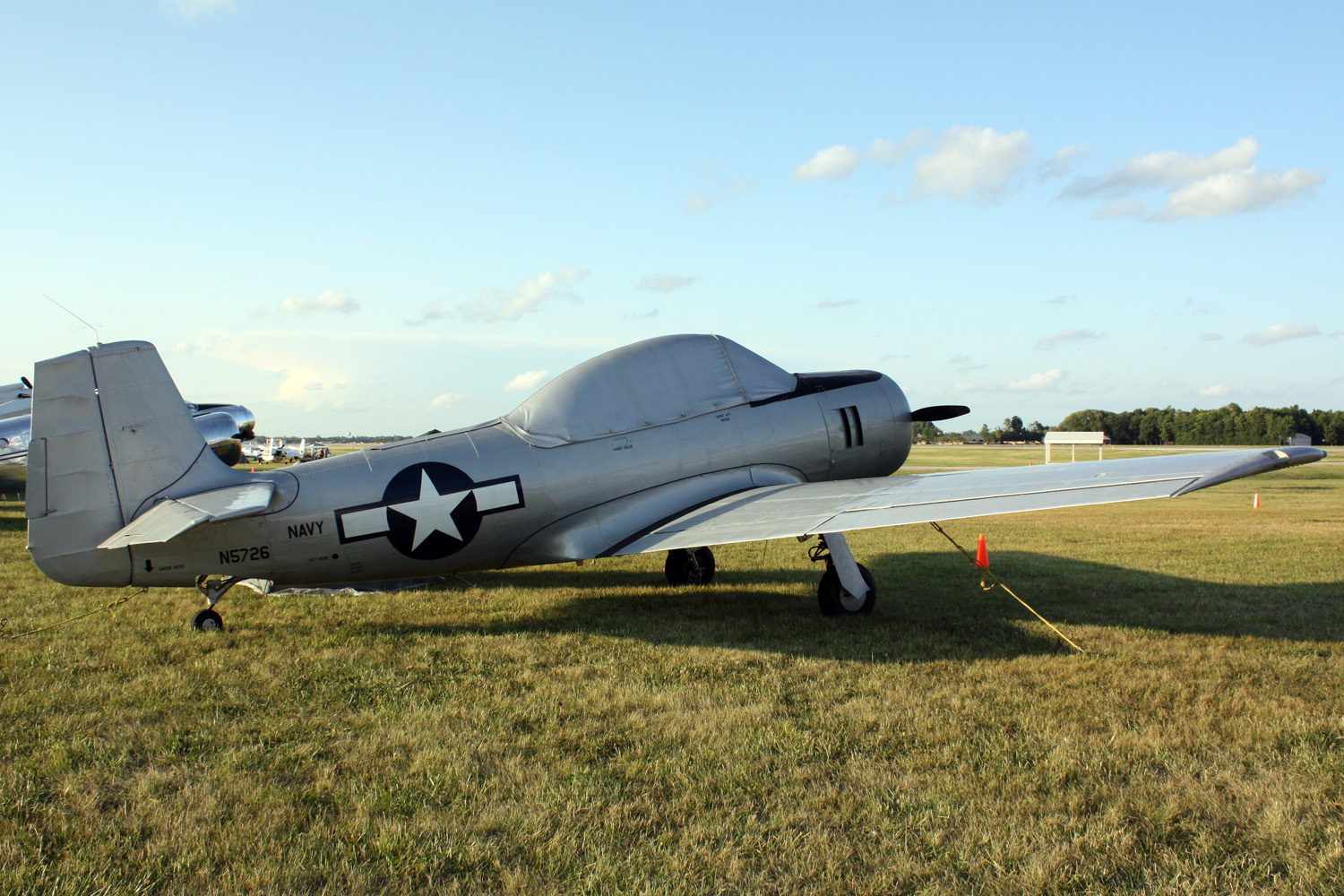Fairchild XNQ on:
[Wikipedia]
[Google]
[Amazon]
 The Fairchild XNQ (T-31; Model M-92) is an American trainer designed as a standard primary trainer for the
The Fairchild XNQ (T-31; Model M-92) is an American trainer designed as a standard primary trainer for the
Johan Visschedijk Collection No. 2578. Fairchild 92 XNQ-1 USAF
Planes worth modeling: Fairchild T-31
"Navy's XNQ-1 Primary Trainer", ''Popular Mechanics'', July 1947
{{USN trainer aircraft N01Q 1940s United States military trainer aircraft Single-engined tractor aircraft Low-wing aircraft
 The Fairchild XNQ (T-31; Model M-92) is an American trainer designed as a standard primary trainer for the
The Fairchild XNQ (T-31; Model M-92) is an American trainer designed as a standard primary trainer for the United States Navy
The United States Navy (USN) is the maritime service branch of the United States Armed Forces and one of the eight uniformed services of the United States. It is the largest and most powerful navy in the world, with the estimated tonnage ...
during the 1940s.
Design and development
Designed by Fairchild Aircraft as a replacement for current primary trainers, the XNQ-1 featured a controllable-pitch propeller, flaps, electronically operated retractable landing gear and all-metal skin with fabric-covered rudder, ailerons and elevators. Its unobstructedbubble canopy
A bubble canopy is an aircraft canopy constructed without bracing, for the purpose of providing a wider unobstructed field of view to the pilot, often providing 360° all-round visibility.
The designs of bubble canopies can drastically vary; so ...
provided instructors and students seated in tandem with good visibility, and its cockpit instruments were arranged to match those found in contemporary jet fighters.
Operational history
The XNQ-1 basic/advanced trainer was developed for the U.S. Navy and was first flown by Richard Henson on 7 October 1946. Two prototypes were flown as XNQ-1 (BuNo. 75725 & 75726). Delivered to the U.S. Navy in 1947 for trials, they were rejected due to problems with exhaust fumes leaking into the cockpit. The first prototype was subsequently to receive a number of engine changes, first powered with a 320 hpLycoming R-680
The Lycoming R-680 is a nine-cylinder air-cooled radial engine, the first aero engine produced by Lycoming. The engine was produced in two types, the E and B series; both are essentially the same. The B4E was available in a trainer version wit ...
-13, then finally with a horizontally opposed 350 hp Lycoming GSO-580
The Lycoming GSO-580 is a family of eight-cylinder horizontally opposed, supercharged, carburetor-equipped aircraft engines for both airplanes and helicopters, manufactured by Lycoming Engines in the late 1950s and early 1960s.
The family incl ...
. The aircraft was destroyed in a crash in 1950.
The second aircraft (BuNo. 75726), with a larger stabilizer, was evaluated by the United States Air Force in 1949 as a replacement for the AT-6, with the USAF selecting it on 24 March 1949 as a primary trainer. Designed to be aerobatic
Aerobatics is the practice of flying maneuvers involving aircraft attitudes that are not used in conventional passenger-carrying flights. The term is a portmanteau of "aerial" and "acrobatics". Aerobatics are performed in aeroplanes and glid ...
to teach pilots maneuvers, such as stalls, spins and rolls, Fairchild received a contract for 100 Model 129s under the USAF designation T-31. However, the order was cancelled later in 1949, in favor of the Beech T-34 Mentor
The Beechcraft T-34 Mentor is an American propeller-driven, single-engined, military trainer aircraft derived from the Beechcraft Model 35 Bonanza. The earlier versions of the T-34, dating from around the late 1940s to the 1950s, were piston ...
.
Fairchild dropped plans to develop the design as the company concentrated on other production contracts, including the C-119 Flying Boxcar
The Fairchild C-119 Flying Boxcar (Navy and Marine Corps designation R4Q) was an American military transport aircraft developed from the World War II-era Fairchild C-82 Packet, designed to carry cargo, personnel, litter patients, and mechaniz ...
.
Surviving aircraft
The second aircraft, privately owned, is still on the civil register as of 2021 in airworthy condition.Specifications
See also
References
Notes
Bibliography
* Green, William and Gerald Pollinger. ''The Aircraft of the World''. London: Macdonald, 1955.External links
Johan Visschedijk Collection No. 2578. Fairchild 92 XNQ-1 USAF
Planes worth modeling: Fairchild T-31
"Navy's XNQ-1 Primary Trainer", ''Popular Mechanics'', July 1947
{{USN trainer aircraft N01Q 1940s United States military trainer aircraft Single-engined tractor aircraft Low-wing aircraft